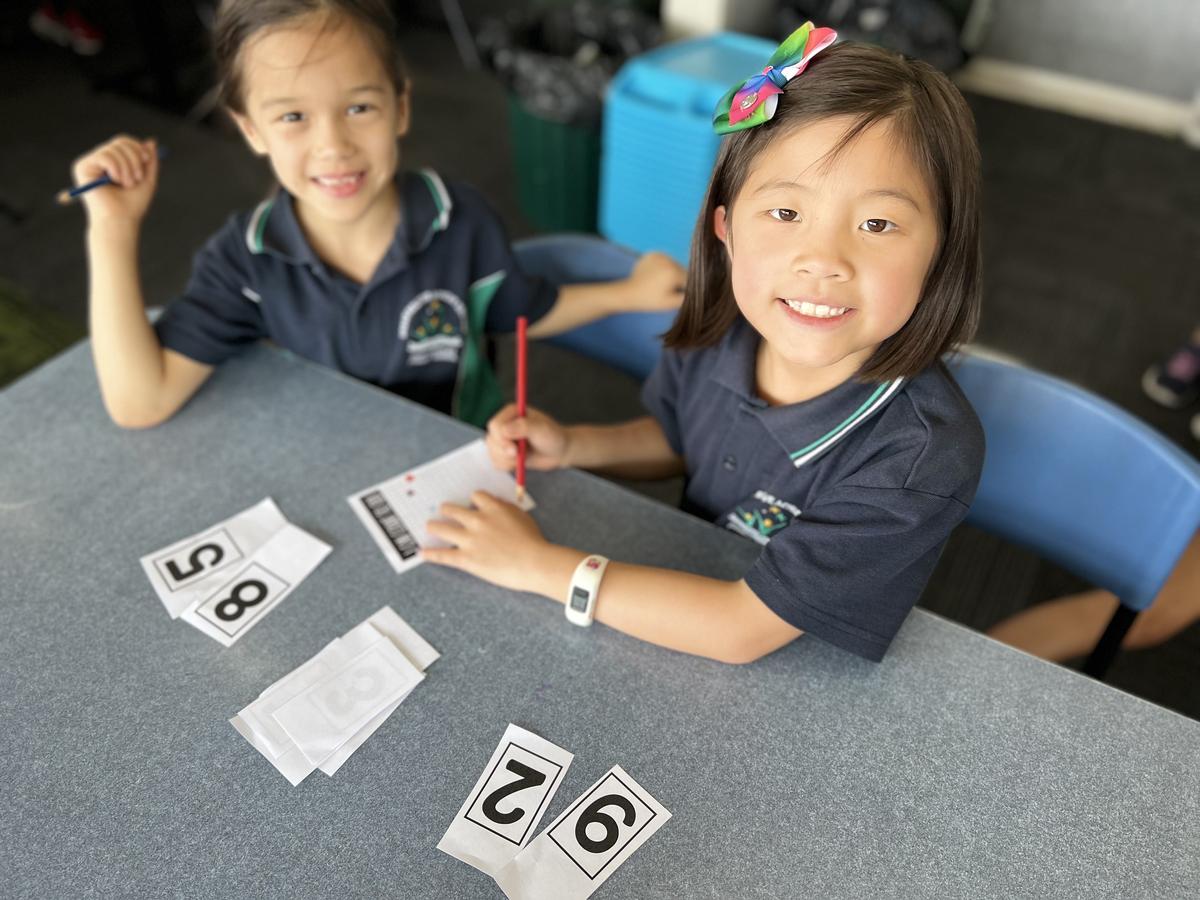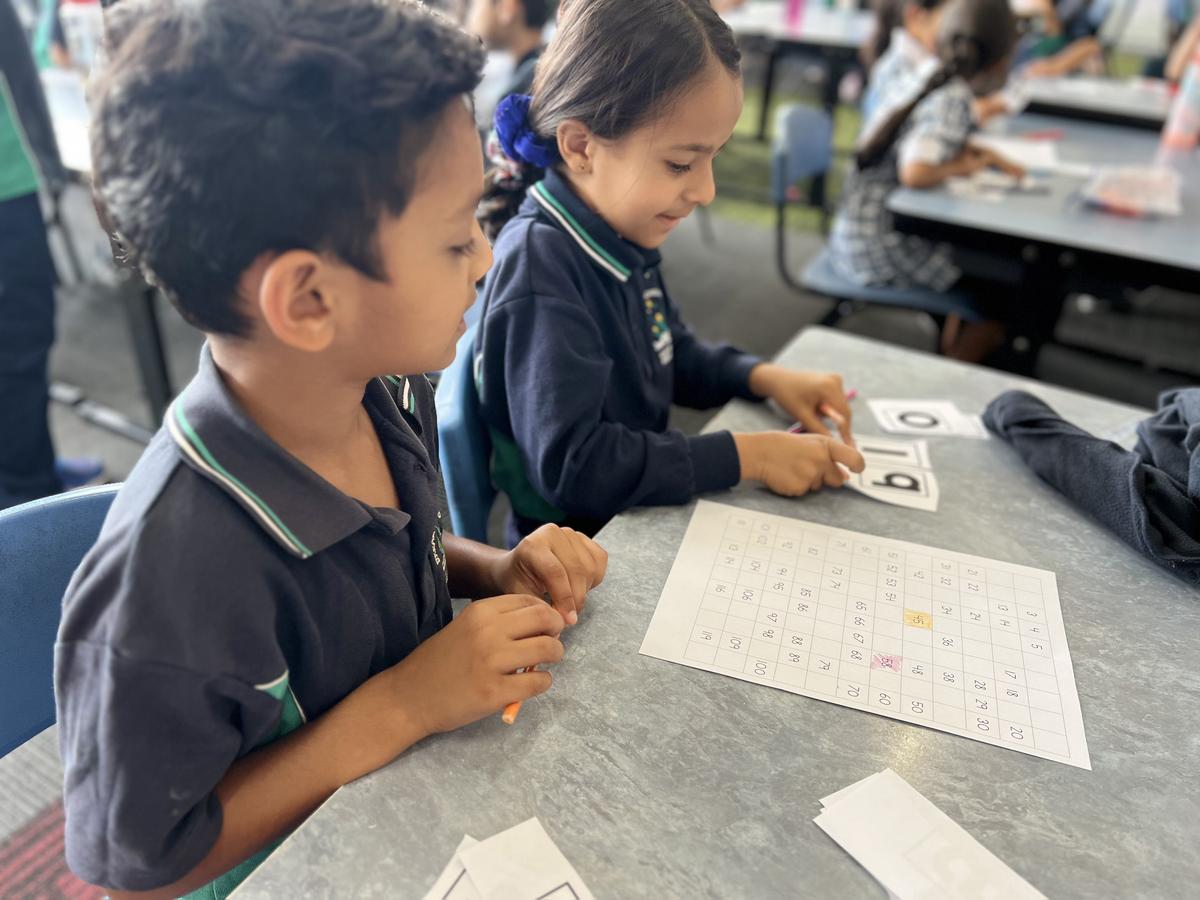Welcome to Term 1
Level 2

Welcome to Term 1
Level 2
Dear Parents and Guardians,
We would like to introduce you to the Level 2 Team:
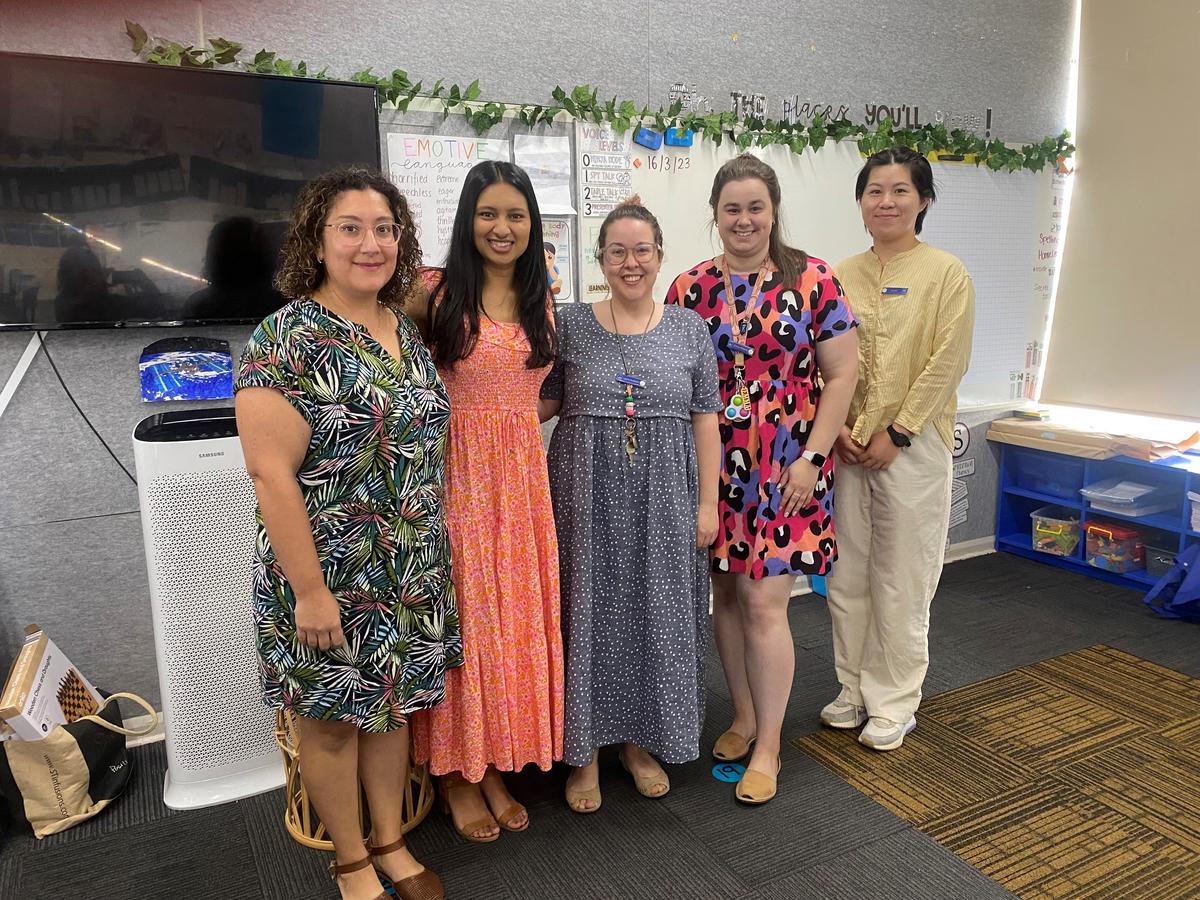

Together we have planned explicit learning experiences filled with a range of learning opportunities for the students to participate in and engage in the Victorian Curriculum.
These learning experiences have been tailored to the learning needs of the students to create a meaningful learning journey. We aim to challenge and extend the students in all areas across the Curriculum. We are excited to be part of the academic, social and emotional learning growth and development of each student throughout the year.
Please take a few moments to read what we have planned for this exciting term as we look forward to a rigorous term of learning.
Kind regards,
Michelle, Kimielle, Lauren, Emma and Lin
February 20th, 21st and 22nd – Swimming Program
February 27th, 28th and 29th – Swimming Program
February 28th – Getting to Know You Interviews
March 8th – Getting to Know You Interviews
March 9th – Curriculum Day (Student Free Day)
March 13th – Labour Day
March 22nd – School Photos
March 29th – Twilight Sports
April 6th – Last Day of Term 1 (2:30pm finish)
During Term One, learners will explore how healthy relationships are built and maintained with people of diverse backgrounds and cultures to develop a community. Learners initially start by looking at their classroom and friendships, exploring ways to communicate through play and collaborative experiences. In Year Two, the whole school thread of Respect will allow students to build their relationships across the school. Learners will then endeavour to demonstrate to their younger peers what a healthy relationship means within the GWPS community.
To support your child’s learning at home, you could:
Arrange ‘play dates’ with new school friends so that they have an opportunity to ‘build’ friendships
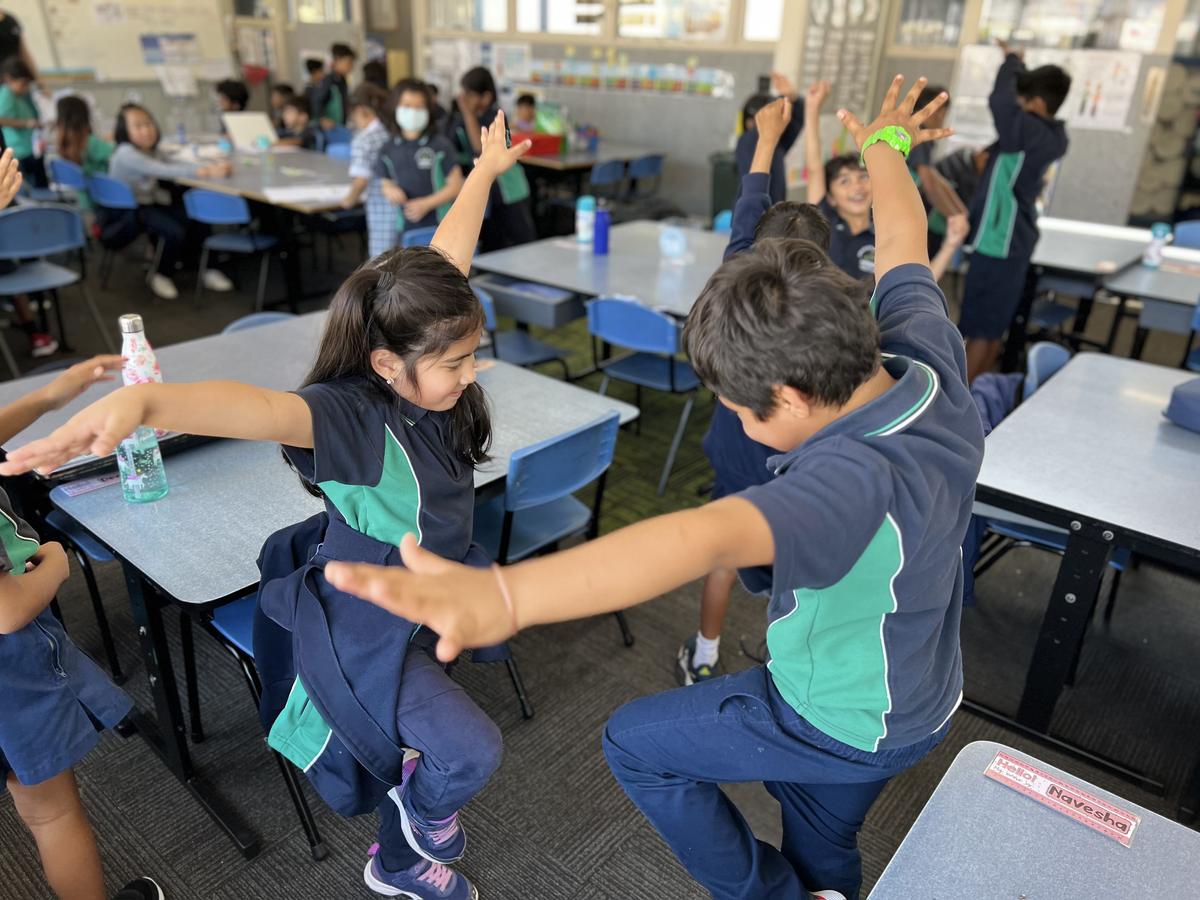

This term, learners will develop their capabilities to understand how emotional responses impact on others’ feelings through the Zones of Regulations and the You Can Do It keys to success – Confidence, Getting Along, Persistence, Resilience and Organisation. Learners develop positive ways to interact with others through collaboration and experiences that challenge their emotional responses. They select strategies at home and/or school to keep themselves healthy and safe and are able to ask for help with tasks or problems.
To support your child’s learning at home, you could:
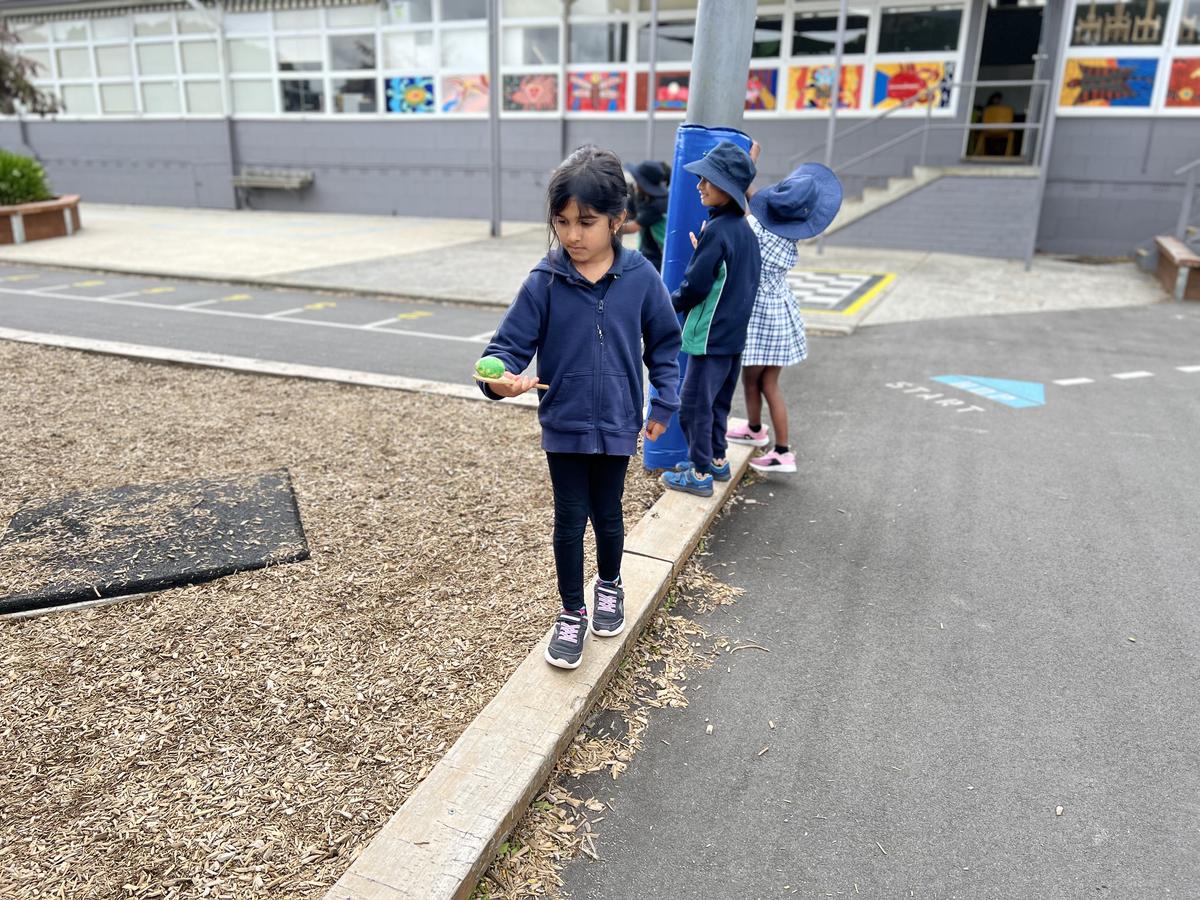
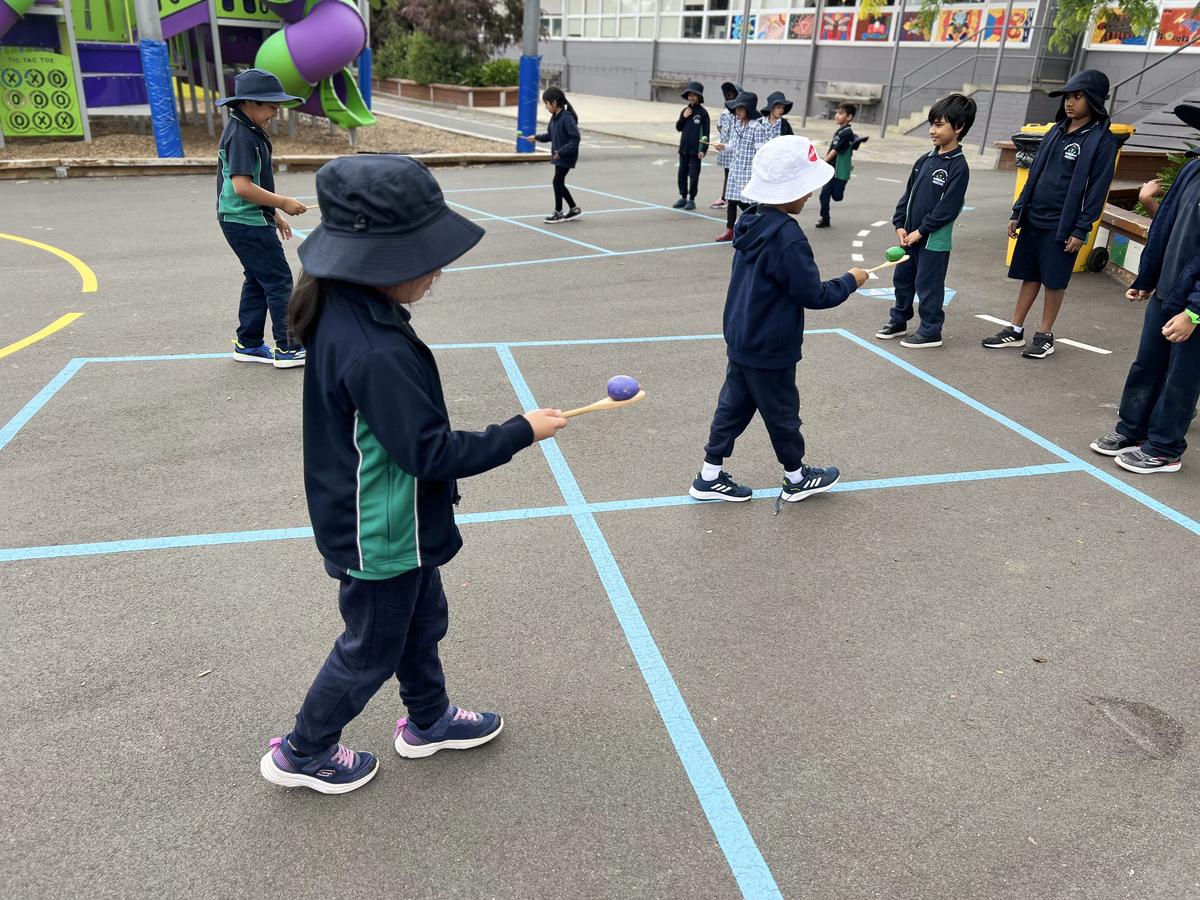


This term, Level Two learners will explore and choose personalised goals from our brand new CAFÉ Menu. The new CAFE menu incorporates a range of learning strategies from the areas of Comprehension, Accuracy, Fluency and Expand Vocabulary. The students will be explicitly taught how to apply strategies through reading workshops and sustained reading. To align with our Writing units, the learners will focus on building their knowledge of Recount and Narrative text structure by analysing mentor texts and writing samples. Furthermore, we will focus on expanding vocabulary through mentor texts that will enable learners to identify and transfer new and interesting vocabulary. Mentor texts will also be selected in relation to our Inquiry topic, healthy relationships and Emotional Literacy. Teachers will conference with students regularly to establish, assess and practice personalised learning goals to deepen reading skills.
To support your child’s learning at home, you could:
When helping your child at home, if they become stuck on a word, pause and encourage them to look for clues within and around the word. You could use prompts such as:
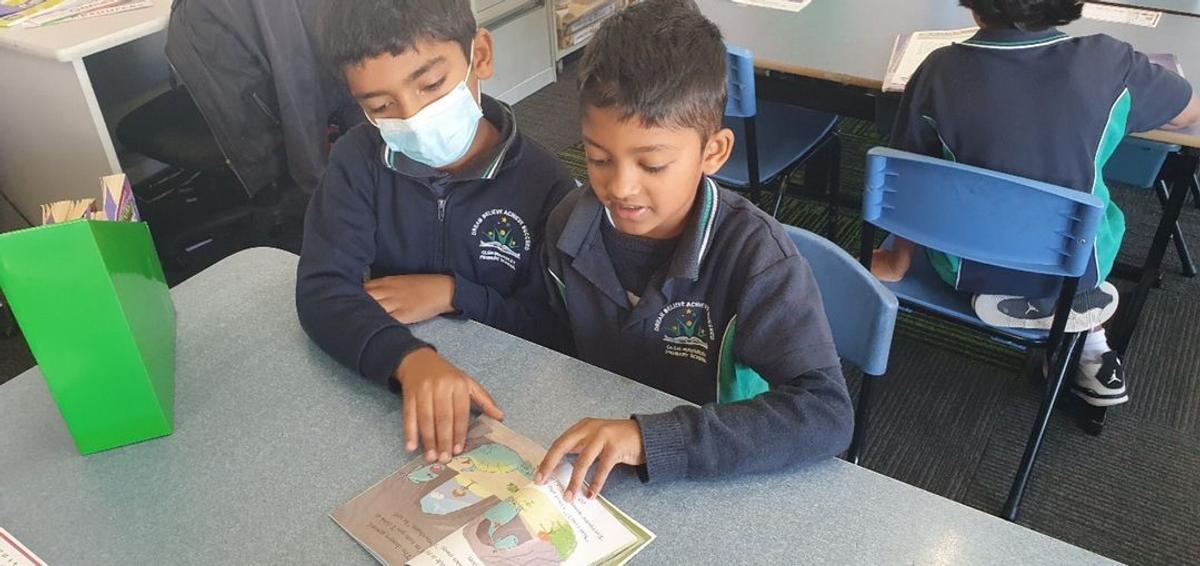

This term, Level 2 learners will sharpen their listening skills by listening for particular purposes. They will look for sound patterns in reading, which will support them in Reading, Writing and Spelling. They will also build topic-specific vocabulary and apply that in their speech. Learners will connect images to texts so they can make meaning of their Reading and Writing. They will engage in pair, group and class discussions to listen to each other's perspective and present their own.
To support your child’s learning at home, you could:




This term in Writing, learners are investigating the writing genres, Recount and Narrative. They are developing their writing skills through connections to the whole school approach, VOICES. Their learning will include experience writing through aspects such as Voice, Organization, Ideas, Conventions, Excellent Word Choice and Sentence Fluency. Learners will also be immersed in a world of writing exploration through both ‘Sustained Writing’ to increase writing stamina and ‘Seed Creation’ to develop their ideas and create depth in their writing. Learners will have regular writing conferences with their teacher to set personalised writing goals that are tailored to their need and to ensure they are supported throughout their journey as authors.
To support your child’s learning at home, you could:
To ensure deep learning, the Year Two team will explicitly teach components of a Spelling Inquiry and the skills required to be a capable speller. Each week, we will inquire into a spelling focus, for example, a spelling rule or phoneme. Students will also inquire into their personalised words. These words come from individual student writing and should be words that the child is already attempting in their own writing. Students independently record their spelling misconceptions and practice their words using the Look, Say, Name (Name individual sounds, blends and syllables), Cover, Write, Check strategy both at school and at home. Your child will keep practicing their words until they get five ticks in their Spelling Journal (a minimum of two weeks in duration.) The five ticks represent a student successfully spelling the word twice in a spelling test and three times in writing.
To support your child’s learning at home, you could:
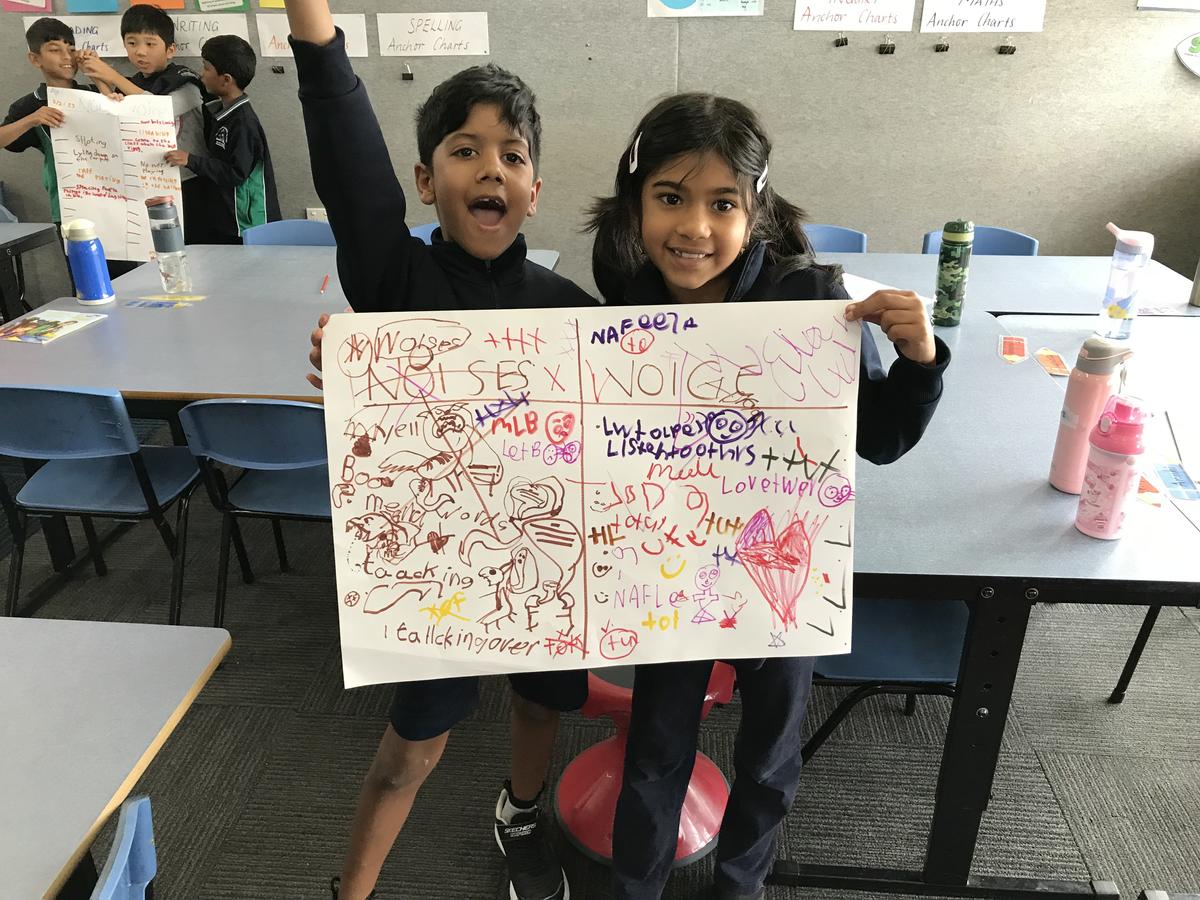

This term, learners will consolidate their skills in a variety of concepts using hands on materials and investigation. Already, students have explored and deepened their understanding of data collection. Learners have honed their questioning skills to ensure that their data collection is an accurate representation of their peers and have displayed their data in various graph and table types.
Throughout the rest of this term, learners will be exploring place value using partitioning (the process of breaking numbers down to look at the values of each digit). Then they will be transferring their knowledge of place value into Addition and Subtraction using various strategies and making links between each operation.
To support your child’s learning at home, you could:
